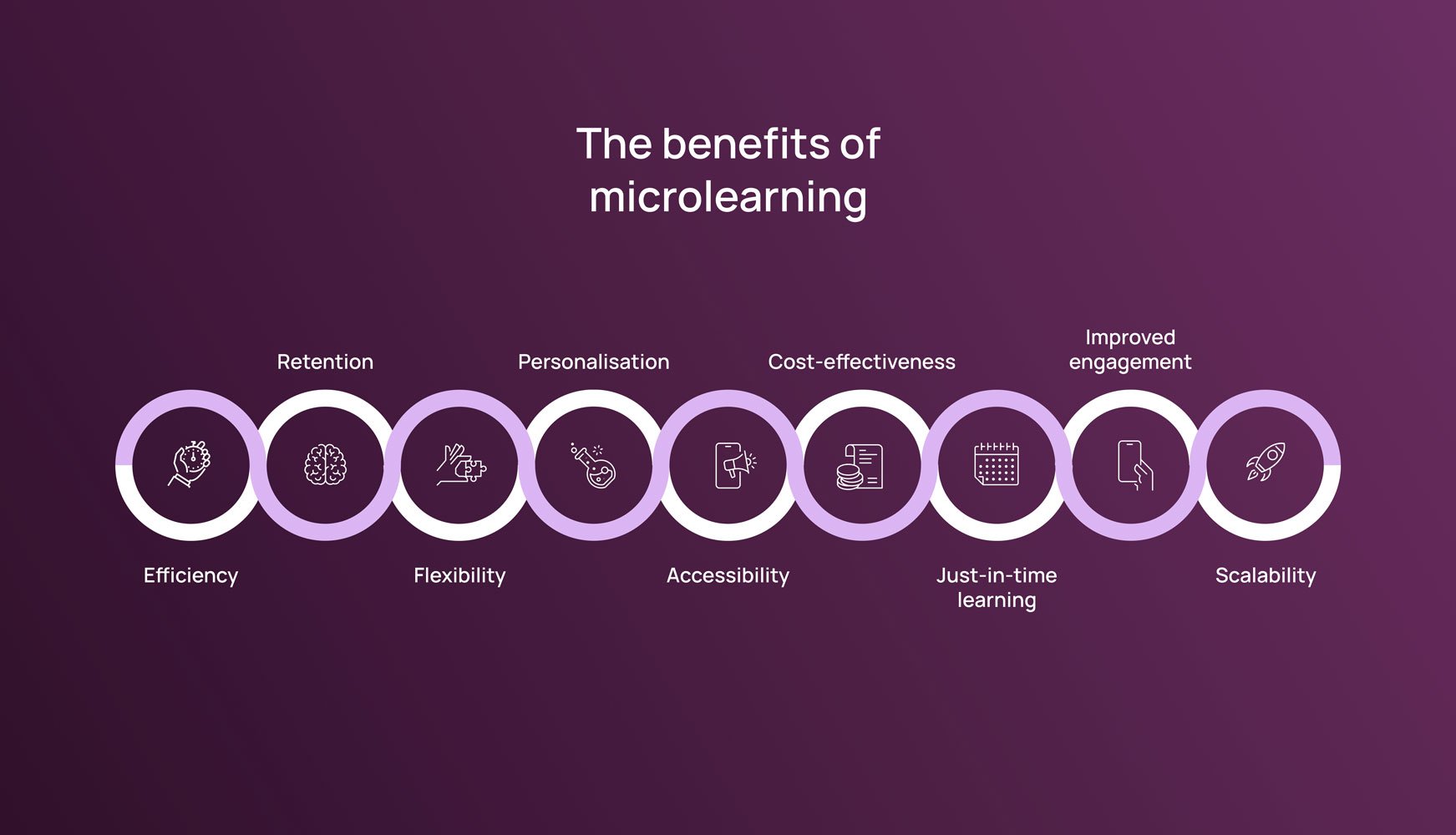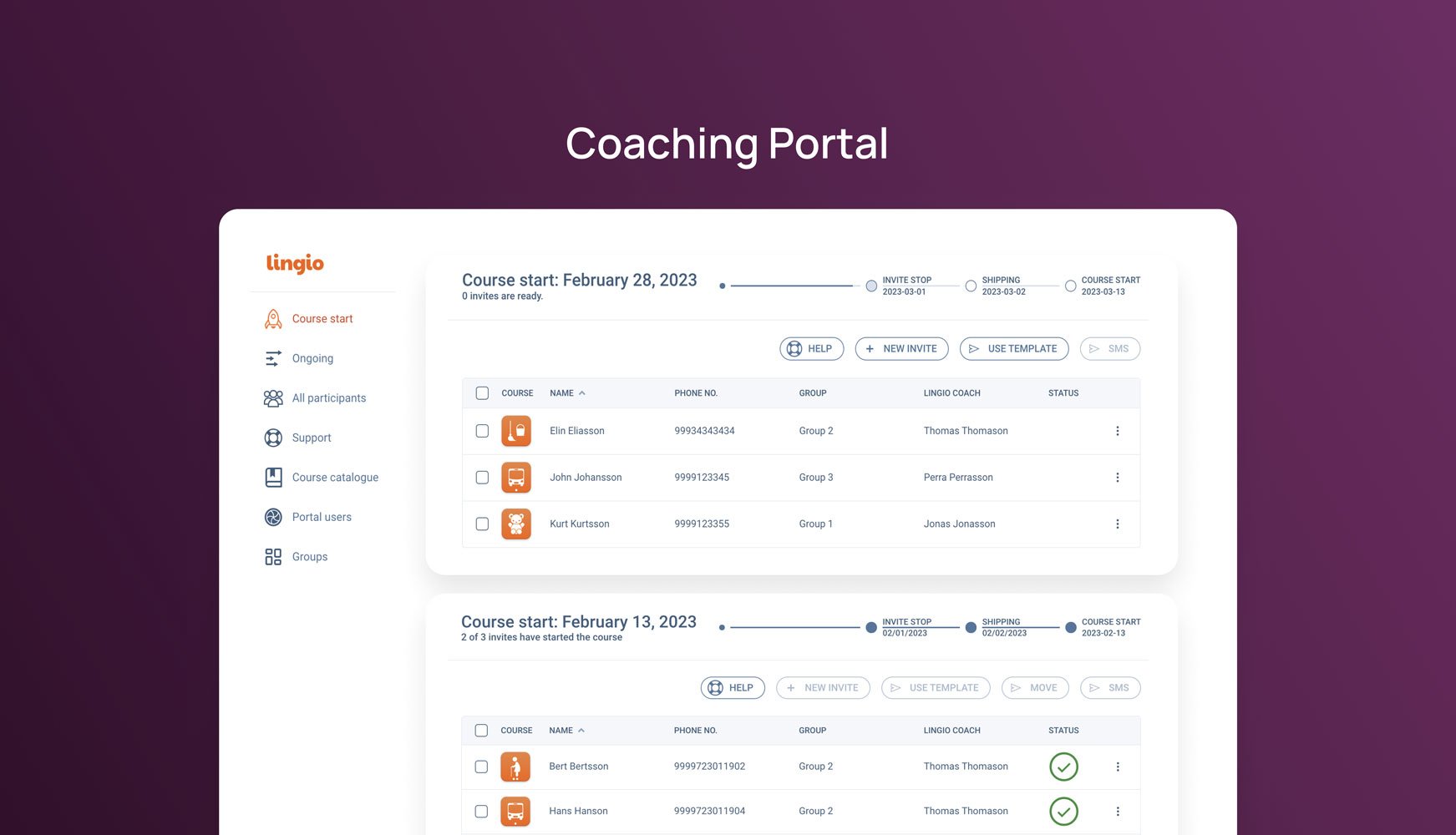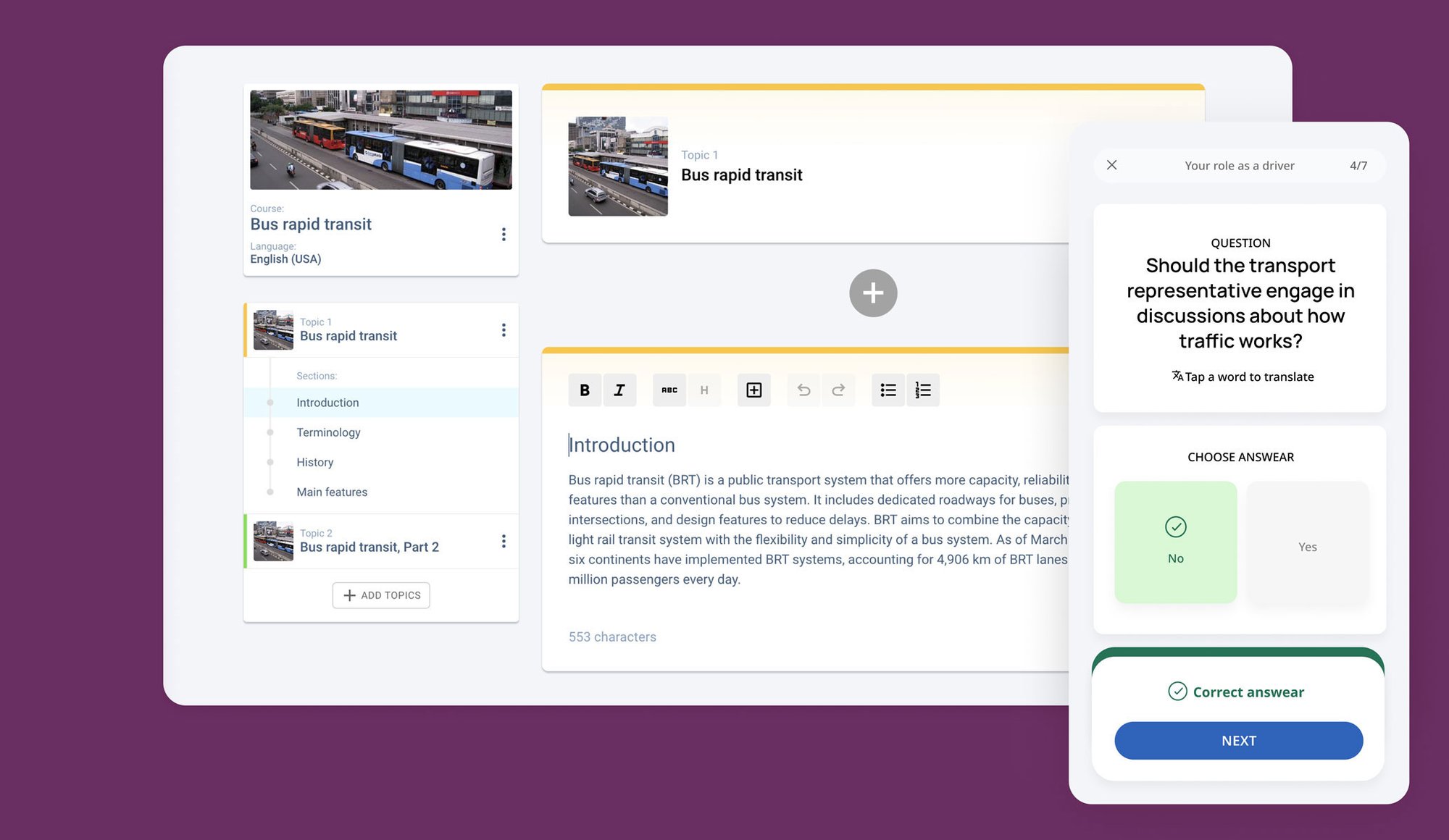The benefits of microlearning
Microlearning offers many benefits for both learners and organisations; here are some of them.
1. Efficiency
Microlearning courses and modules are designed to be consumed in small knowledge nuggets, often as little as 5 to 10 minutes. This allows learners to engage with the material whenever they like, such as during breaks or downtime, making better use of time that might otherwise be wasted.
This is a game-changer for many people working in fast-paced industries, such as in cleaning, front of house, or healthcare. Many people working in frontline roles like these simply don’t have the time to sit down to read through long courses or watch lengthy training videos, and that’s where microlearning comes in to help.
2. Knowledge retention and the Ebbinghaus forgetting curve
Studies have shown that short, concentrated learning sessions can improve knowledge retention. The Ebbinghaus forgetting curve indicates that learners forget an average of 70% of new information within 24 hours. But, microlearning counteracts this by reinforcing key concepts in a timely manner.
3. Flexibility
Job aids like eLearning microlearning platforms enable short quizzes and courses to be easily updated or replaced, making it easier for organisations to keep training material current and updated. This is particularly important in high-speed industries where trends, regulations, and technologies change rapidly.
4. Personalisation
In many cases, with microlearning, people have the freedom to study the topics that are most relevant and interesting to them, increasing engagement and motivation. Some AI algorithms can further tailor training paths, such as incorporating custom storylines and characters, offering courses that are most likely to excite learners and close individual gaps in knowledge.
5. Accessibility
Microlearning is often available via mobile learning platforms, making on-the-go training easier and more accessible for more people than ever. Microlearning apps can increase the likelihood of completion, as learners can engage with content wherever and whenever they have a free moment. That’s whether they’re on their lunch break at work or have a few moments at home.
Likewise, many eLearning platforms, like Lingio, make it easier than ever for organisations to create custom, widely accessible microlearning courses. Using an accessibility standard, such as WCAG, helps. A clean and easy-to-use UX design is also important.
6. Cost-effectiveness
Developing shorter learning modules generally requires fewer resources than traditional training programs, translating to lower organisational costs. And as mentioned, updating content is easier and quicker than ever with digital learning, saving time and resources.
Many eLearning platforms, including Lingio, offer microlearning course creation software at a subscription price, which is often quite cost-effective.
7. Just-in-time learning
The brevity and accessibility of microlearning courses make them excellent resources for ‘just-in-time learning’, offering quick refresher courses or problem-solving job aids right when needed. In many cases, creating or updating a bite-sized course online doesn’t take much time at all.
8. Improved engagement
The interactive and multimedia elements commonly used in microlearning cater to varied learning styles, increasing engagement and knowledge retention rates. By catering to different preferences and encouraging active participation, microlearning transforms the learning experience into a gripping, dynamic journey.
9. Scalability
Microlearning is easily scalable, both in terms of adding more modules and reaching more learners. This makes it a flexible and effective training option for organisations of all sizes.









